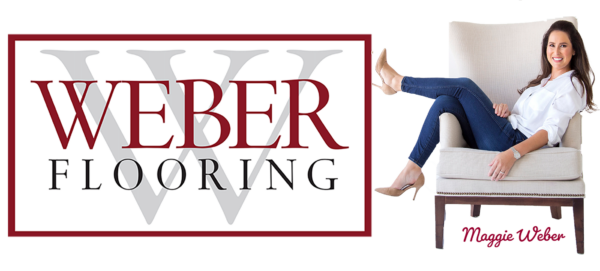Pre-Install Checklist | Hardwood Sand and Finish
Hardwood floors provide a warm and inviting touch to any home. Real wood, solid or engineered, has a variety of textures, grains. Tones and colors are part of the natural beauty of the product.
Please be aware of the following that may exist before and after installation.
_________ | Determining existing wood species when adding new wood next to it | Most of the existing hardwood flooring is either red oak or white oak. We determine the species of the existing wood using a test kit. However, sometimes the readings we get are not conclusive, so we also observe pictures that our estimators take on site to determine the wood species. Rarely, we encounter homes with existing wood flooring that have a combination of red and white oak, and that can be easily overlooked. Because of these above factors, we can possibly misdiagnose the existing wood species, resulting in us having to reorder your wood flooring. This could delay the completion of your project. |
_________ | Refinishing (staining) your wood floors | We use Minwax stains, but not every Minwax stain is appropriate for wood flooring. Your sales associate has a list of what can be used. If your existing floor is stained dark, trying to go to a very light stain could result in the bevels or spaces between the boards in the existing wood floor not being able to be sanded out, creating a striped look between the boards. Pre-finished wood that you are wanting to refinish has more noticeable edge bevels. Causing even more of a pronounced striping effect. If you are trying to lighten your existing floor, it is suggested to go just a few shades lighter – nothing too drastic. |
_________ | Finishing or refinishing your wood floors (the protective topcoat) | There are two basic choices for your protective topcoat, either an oil-based finish or a water-based finish. There are different qualities and gloss levels available in each of these choices. If you are trying to match the gloss level of an existing floor, chances are that it is an oil-based finish. A water-based finish doesn’t have near the gloss level of most existing oil-based finishes. |
_________ | Finishing or refinishing your wood floors (topcoat differences) | Oil-based emits a strong odor. It takes about 5 days to cure enough to move furniture onto it or to allow pet to walk across it. You should keep area rugs off it for at least 30 days. It would be wise to stay out of the house until about 2 full days after the last coat applied. Humidity conditions can change the timelines mentioned above. It is usually the closest finish to match an existing floor. The finish tends to amber over time and has a deeper look to it (think of looking into a coat of non-sticky syrup). Sunlight, direct or indirect, can discolor this finish. Water-based emits relatively low odors. After 2 days, furniture can be carefully moved back onto the floor. You can come back into the house approximately 4 hours after the last coat is applied., depending on humidity levels. It is still suggested to follow the guidelines for pets and area rugs mentioned above. The finish is flatter, lacking the depth of an oil-based finish, but it also does not amber or discolor. Water-based finishes dry harder and are more scratch resistant and more resistant to fading from sunlight. |
_________ | Detail Finishing | Existing base show, quarter round, baseboards and balusters – Unless you arrange for something different, we sand your existing wood floor next to these without removing them. This is because most of the existing protective tapes can act as a wick and pull the wood stain up onto the wood trim. Also, once your existing wood trim is removed, it never looks as good as what it looked like before it was removed. There can be some minor stain that will get on your painted wood trim that will need to be touched up by you after the installation. If your base shoe or quarter round is currently stained, we can remove it and replace it with stainable yellow pine trim, that we will stain to come close to your existing baseboards or your newly refinished wood flooring. Detail sanding around balusters (spindles) is done by hand and/or small sanding machines. We do not pull toilets, but instead we sand and finish around them. This is due to the issue that older connections to a toilet are prone to leak once that toilet is moved. Large appliances – because the time to cure does not allow us to move your larger appliances sooner than 5 days after a refinish and that they are an integral necessity for most households, we do the final coat carefully around the set appliances. We will sand around a pedestal sink as we do not move these. If you are getting new wood flooring, these need to be removed and then reinstalled by a professional plumber thereafter. |
_________ | Dust | There will be dust. We do try to minimize the dust with the equipment we use. |
_________ | Humidity Levels | You must maintain a minimum of 35% Relative Humidity throughout the year. This can be achieved with a high quality furnace-attached humidifier. Portable humidifiers do not put out enough moisture to achieve this result. |
_________ | Seasonal Gapping | Some contraction between the pieces of wood flooring is to be expected as humidity levels change, particularly during our winter months. They tend to fill back in as our temperatures and humidity level rise. |
Our sand and finish process can generally be completed in 3 days. Additional demo work, new wood installation, lace-in, high humidity levels, or special details may add time to the overall project duration.
